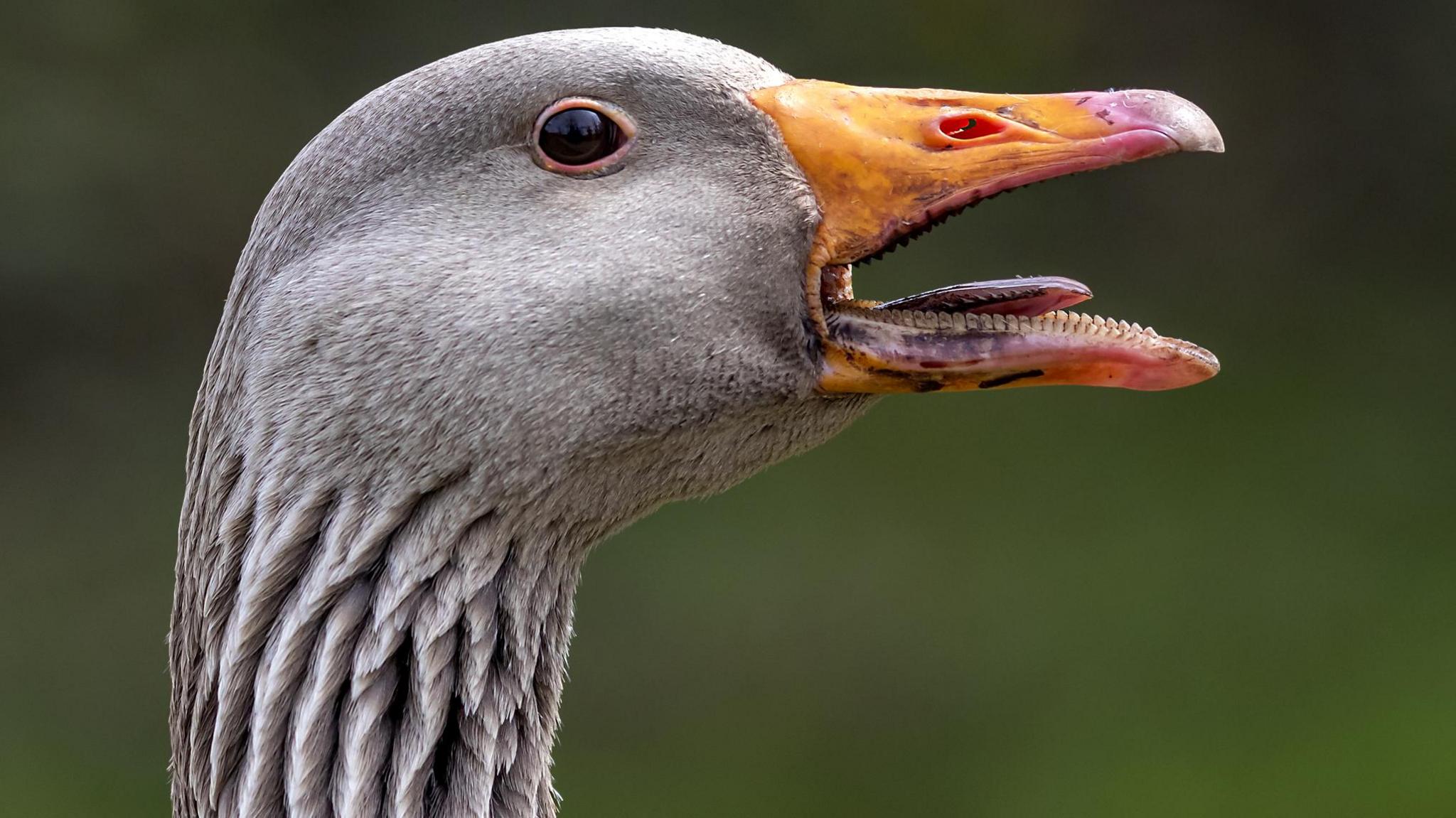Crofters warn of 'explosion' in geese numbers

At a glance
Crofters in the Western Isle have said huge numbers of greylag geese are damaging coastal meadows they depend on.
The Scottish Crofting Federation said numbers of the birds in parts of the isles had more than doubled.
The group said the increase had followed the end of a Scottish government-funded scheme to control geese.
Public body NatureScot said it was working with crofters on "sustainable" alternatives to the scheme.
- Published
Crofters in the Western Isles have said an "explosion" in geese numbers threatens their way of life.
A Scottish government scheme that controlled numbers of greylag geese through culling ended last summer.
The Scottish Crofting Federation (SCF) said since then numbers of the birds in Uist in the isles had doubled to 8,000, and they were damaging crops and coastal meadows called machair.
Public body NatureScot said Environment Minister Mairi McAllan had met the SCF to discuss crofters' concerns.
Machair supports wildflowers and other plant life and is used by crofters for raising livestock.
The SCF said geese damaged the meadows through their grazing and droppings.
Chairman Donald MacKinnon said: "We have 8,000 birds in Uist now and could be over the ‘tipping point’ – where traditional crofting practices cease.
"The situation is similar for other Hebridean islands.
He added: "Crofting agricultural practices in the Hebrides, especially on the machair, help to nurture an ecosystem rich in biodiversity, something we must protect for all."
'Sustainable approaches'
The SCF said the suggested alternative to the government-funded scheme was for crofters to shoot geese under licence and then sell the meat.
But the federation said few crofters shoot at all and there were logistical problems to getting goose meat to potential buyers.
NatureScot said it recognised the concerns raised by crofters.
A spokeswoman said: “NatureScot supported local goose management groups to trial methods to control greylag geese with the view that groups would then use their expertise on the ground to manage populations sustainably once funding for these adaptive management projects had come to an end.
“As planned, while we continue to work with groups on sustainable approaches to controlling resident greylag geese and their impacts on agriculture, our role has now shifted to an advisory role."